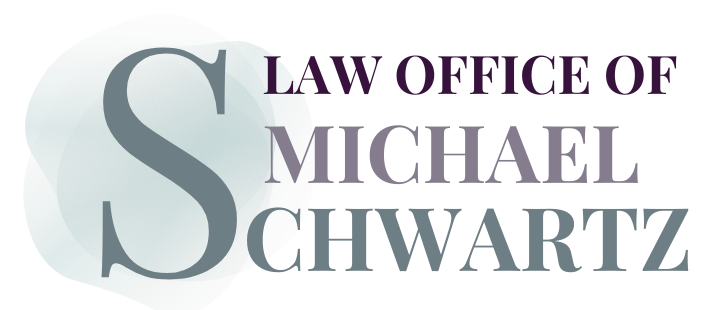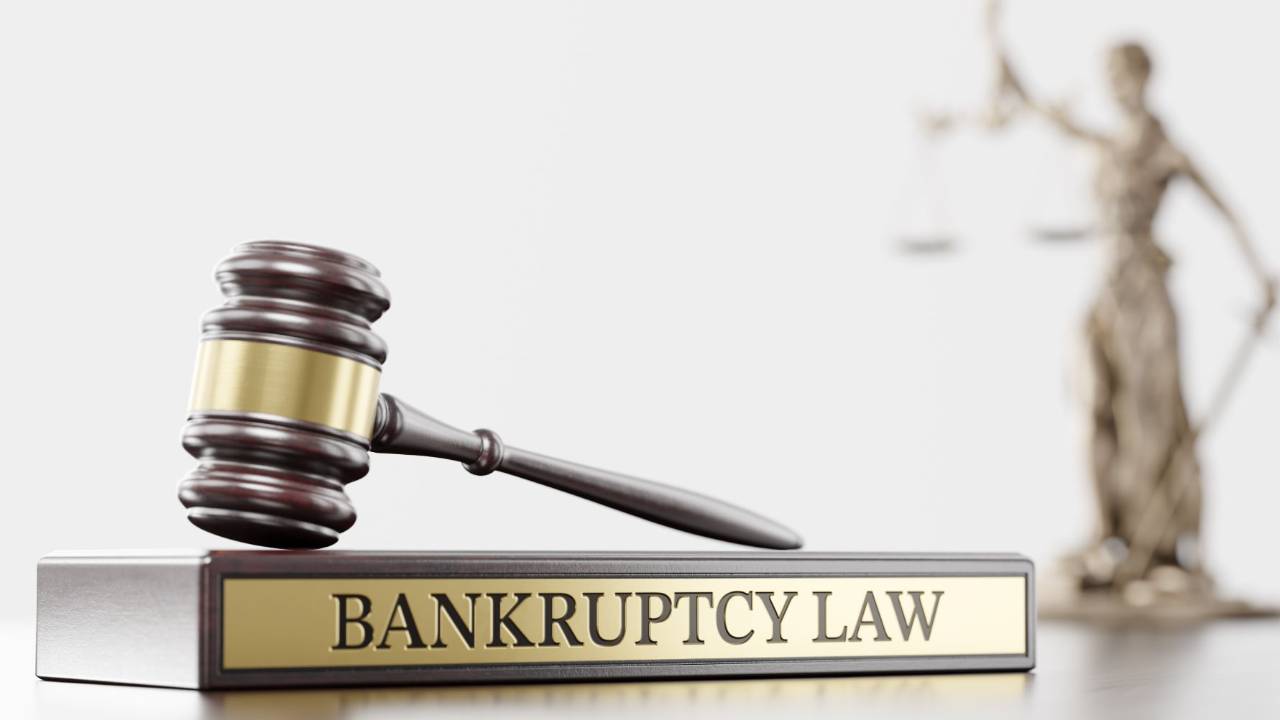Understanding the Means Test: Your Gateway to Chapter 7 Bankruptcy
Filing for bankruptcy can feel overwhelming, especially when you’re already struggling financially. One of the most important hurdles you’ll face is the means test — a requirement that determines whether you qualify for Chapter 7 bankruptcy. This test can make the difference between discharging your debts quickly or entering a longer repayment plan.
Understanding how the means test works helps you prepare for the bankruptcy process and set realistic expectations about your options. At the Law Office of Michael Schwartz, we explain this crucial bankruptcy requirement in simple terms.
What is the Means Test?
The means test is a financial formula used by U.S. bankruptcy courts to determine if you’re eligible for Chapter 7 bankruptcy. This test was designed to prevent higher-income individuals from discharging their debts when they have the financial ability to repay at least some of what they owe through a Chapter 13 repayment plan.
Think of it as a screening tool that ensures Chapter 7 bankruptcy — which allows you to eliminate most debts without a repayment plan — is reserved for people who truly need it. The test examines your income and expenses to determine if you have enough disposable income to pay back your creditors.
How the Means Test Works
The means test follows a two-step process that gets progressively more detailed if needed.
Step 1: Income Comparison
First, your current monthly income is calculated based on the average of your last six months of earnings. This figure is then annualized and compared to the median income for a household of your size in your state.
If your income falls below the state median, you automatically pass the means test and can proceed with Chapter 7 bankruptcy. No further calculations are needed — you’ve cleared this bankruptcy eligibility hurdle.
Step 2: Deductions and Disposable Income
If your income exceeds the state median, you’ll need to complete a more detailed calculation. This step subtracts certain allowed living expenses from your income to determine your “disposable income.”
The deductions include:
- IRS-approved living expenses (housing, food, clothing, healthcare)
- Payments on secured debts like mortgages and car loans
- Certain tax obligations
- Other court-approved necessary expenses
These deductions are often based on IRS national and local standards rather than your actual spending, which means the calculation might not reflect your real monthly expenses.
If your disposable income falls below specific thresholds after these deductions, you can still qualify for Chapter 7 bankruptcy even with above-median income.
What Happens if You Don’t Pass?
Failing the means test doesn’t eliminate your bankruptcy options. Instead, you may need to consider Chapter 13 bankruptcy, which involves creating a court-approved repayment plan lasting three to five years.
Under Chapter 13, you’ll pay back a portion of your debts based on your disposable income. While this takes longer than Chapter 7, it can still provide significant debt relief and protection from creditors.
Alternatively, you might choose to wait before filing if your income recently dropped. Since the means test looks at a six-month average, waiting could lower your calculated income below the state median.
Important Exceptions
Some individuals are exempt from the means test entirely:
- Non-consumer debt: If more than 50% of your debt is business-related, you don’t need to take the means test.
- Disabled veterans: Veterans whose debt was primarily incurred during active duty or homeland defense activities may be exempt from this requirement.
Take the Next Step
The means test is just one part of the bankruptcy process, but understanding it helps you make informed decisions about your financial future. Every situation is unique, and bankruptcy laws can be complex to navigate alone.
Don’t let uncertainty about bankruptcy eligibility keep you from exploring your options. A qualified bankruptcy attorney can evaluate your specific circumstances, help you understand how the means test applies to your situation, and guide you toward the best path forward.
Contact us today for help with your bankruptcy questions and take the first step toward financial relief.


